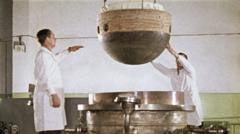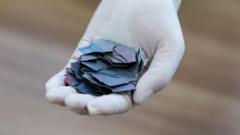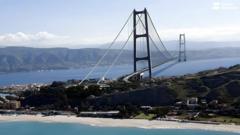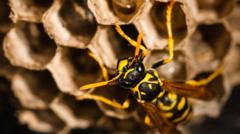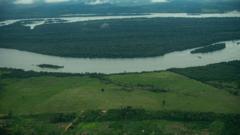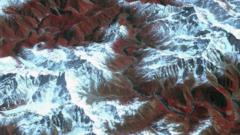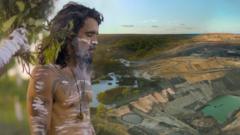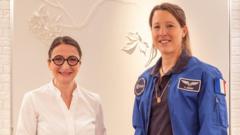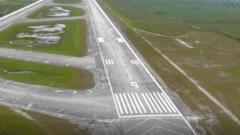In an intriguing turn of events, a piece of Kosmos 482, a Soviet mission launched in 1972 aimed at exploring Venus, is believed to have re-entered the Earth’s atmosphere after lying in orbit for over half a century. The European Space Agency (ESA) revealed that one part of the long-lost spacecraft likely re-entered at approximately 06:16 GMT on Saturday. While it remains uncertain whether the fragment safely landed or disintegrated upon atmospheric entry, many experts remain hopeful that it did not pose a threat.
Stijn Lemmens, a senior analyst at the ESA, emphasized the low likelihood of danger, stating that 70% of Earth is ocean, minimizing the risk of the debris hitting populated areas. Referring to the situation, Lemmens said, "It's much more likely that you win the lottery than that you get impacted by this piece of space debris."
Kosmos 482, which comprises four segments in total, included a lander capsule designed to withstand the intense conditions of Venus. This capsule's durable construction and heat shield could allow it to endure a harsh descent through Earth's atmosphere, despite the degradation of its parachute system after decades in space.
Re-entry incidents involving human-made objects are not uncommon, with larger spacecraft re-entering Earth's atmosphere weekly and smaller objects daily. Historical precedents include China's Long March 5B booster and the Tiangong-1 space station, both of which descended over oceans in recent years.
In light of these incidents, Lemmens advocates for future spacecraft design to incorporate safe de-orbiting measures, allowing for controlled re-entries. Such advancements would enhance predictive capabilities for landing sites and mitigate risks to people and the environment caused by space debris, ultimately fostering greater safety in the realm of space exploration.

